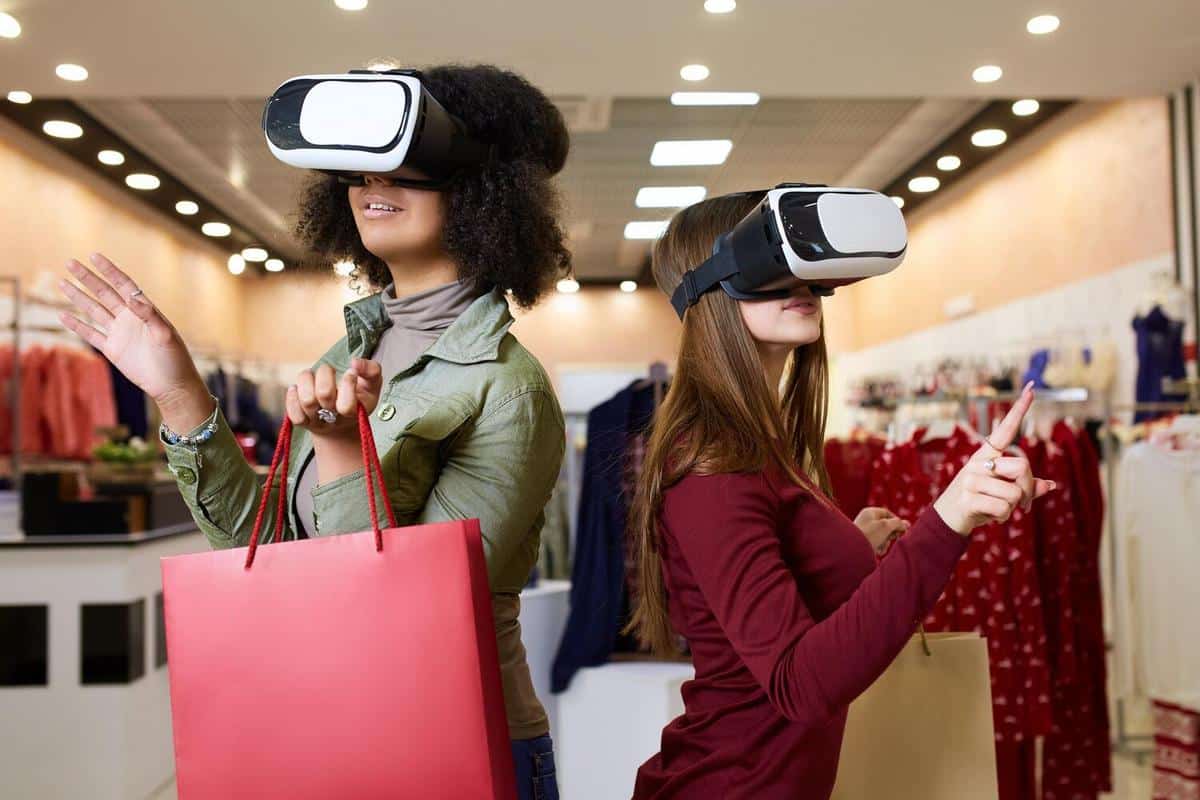
Augmented Reality in Retail: Enhancing the Shopper’s Journey
Imagine stepping into a store where you can virtually try on clothes without ever entering a fitting room or visualize how furniture will look in your living room before making a purchase. Welcome to the world of augmented reality (AR) in retail, a technology that is transforming the shopping experience by making it more interactive and personalized.
Understanding Augmented Reality in Retail
Augmented reality is redefining how consumers interact with products and brands. By overlaying digital information on the physical world, AR provides an immersive shopping experience that enhances customer engagement and satisfaction. According to a report by Gartner, by 2022, 70% of enterprises will be experimenting with immersive technologies, and 25% will have deployed them to production.
The Impact of AR on Shopping
AR has proven to be a game-changer in retail. For instance, a well-known cosmetics retailer introduced an AR application that allows customers to virtually try on makeup, leading to a significant increase in online engagement and sales. Similarly, a furniture retailer uses AR to help customers visualize how items will fit in their home spaces, reducing the rate of returns and enhancing customer satisfaction.
Expert Insights
“Augmented reality is not just a tool for visualization; it’s a bridge that connects the physical and digital shopping experiences,” says Michael Valds, a retail technology analyst.
Statistics Highlighting the Growth of AR in Retail
Recent studies suggest that the global AR market in retail is expected to reach $12 billion by 2025. Moreover, 61% of shoppers prefer stores that offer AR experiences, as it aids in their purchasing decisions.
Actionable Tips for Retailers
- Invest in AR technology that aligns with your brand’s identity and customer expectations.
- Train staff to assist customers with AR applications for an enhanced in-store experience.
- Utilize AR to provide detailed product information and personalized recommendations.
Consider integrating AR with mobile apps to provide customers with on-the-go access to your virtual experiences, enhancing convenience and engagement.
Table: Benefits of AR in Retail
| Benefit | Description |
|---|---|
| Enhanced Engagement | Interactive experiences keep customers engaged longer. |
| Personalization | AR provides tailored recommendations based on customer preferences. |
| Reduced Returns | Visualizing products in real environments decreases uncertainty. |
| Increased Sales | AR can lead to higher conversion rates by building confidence in purchases. |
| Brand Differentiation | Offering unique AR experiences sets brands apart from competitors. |
| Customer Education | AR can educate customers about product features and usability. |
| Improved Customer Service | AR tools can assist in real-time problem-solving. |
| Data Insights | AR applications can provide valuable data on consumer behavior. |
Frequently Asked Questions
How does AR enhance the retail experience?
AR enhances the retail experience by providing interactive and personalized shopping options, helping customers make informed decisions.
What are some examples of AR in retail?
Examples include virtual try-ons for clothing and makeup, and visualization tools for home furnishings.
Is AR in retail expensive to implement?
While initial setup costs can be high, the long-term benefits such as increased sales and reduced returns can offset these expenses.
Conclusion: Embracing the Future of Retail
Augmented reality is undeniably reshaping the retail landscape. By offering immersive and personalized shopping experiences, it not only attracts more customers but also builds lasting brand loyalty. Retailers who embrace AR technology will likely find themselves at the forefront of a retail revolution, providing their customers with an engaging and seamless shopping journey. As AR continues to evolve, it holds the promise of transforming even more aspects of the shopping experience, ensuring that retailers remain competitive in an increasingly digital world.


